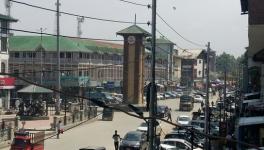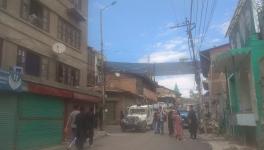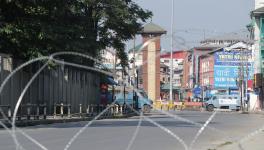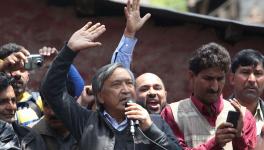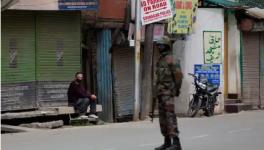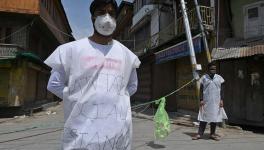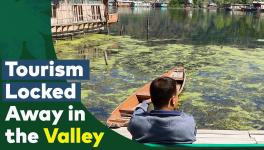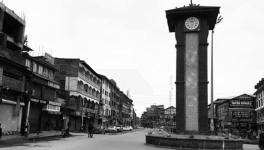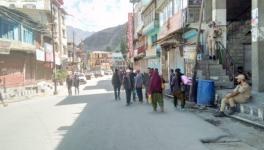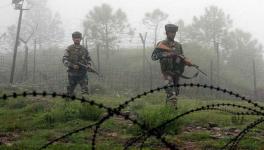Srinagar: Poor Medical Access Forcing Locals to Remove Pellets at Home
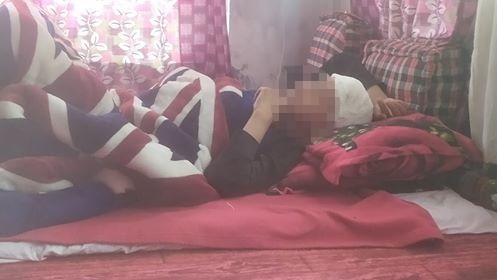
Irshad, 16, has about 200 pellets lodged in his head, says his distraught mother. | Images by Sumedha Pal
Recently in Srinagar: The people of Kashmir, who have been under lockdown since over 50 days, are not only facing a communications blockade but also have no access to medical facilities. As a result, locals are training themselves to handle the complicated procedure to deal with the growing number of pellet injuries at home.
Over 300 pellet injuries have been reported in Sringar’s Soura region, a hotspot of protests, in the last one month, say locals. The area is emerging as the centre of resistance against the Indian state and the armed forces in Kashmir. Every Friday, after the prayers, demonstrations are organised outside the shrine of Jenab Sahab. Due to clashes, the area has been completely cut off from the rest of the state, making medical services almost inaccessible.
“He was shot outside the mosque. He folded his hands to beg the security forces not to shoot him” said Firozi* showing off wounds on the body of her 65-year-old uncle. “He’s mentally unstable, look at his face, do you think he can harm someone? They fired at him from a very close distance, causing an enormous amount of damage. His wound was so bad that we couldn’t treat it here, we had to go to the hospital. But we still haven’t got a date to change his dressing and clean up the wound. For us, it’s now a cycle of wait and see if we get treated or not,” she added.
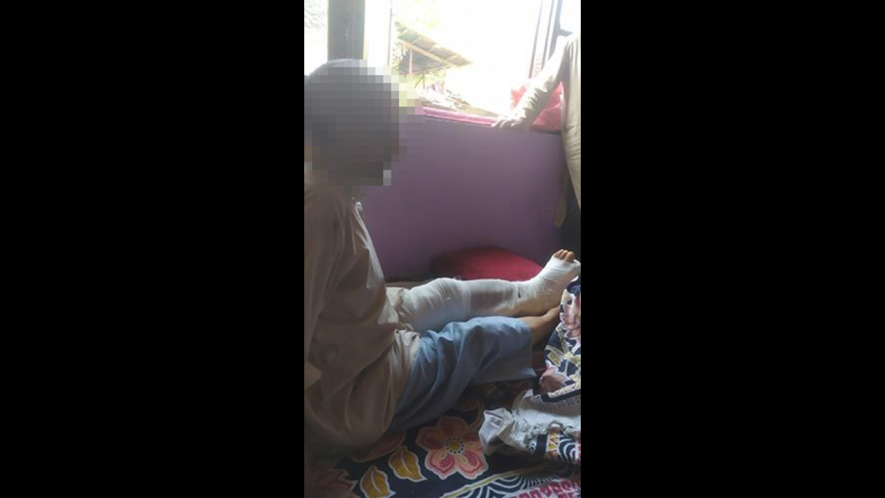
A 65-year-old man, incapacitated by pellet injuries on his leg, is waiting to get treated in a hospital.
Like Firozi’s uncle, hundreds of pellet victims are suffering in their homes, cut off from doctors or any other professional aid. Sixteen-year-old Irshad’s mother said, “His is a fresh pellet injury. The entire cartridge was fired at him. The forces claim they are hurting our children because they had picked up stones. But my son was just standing on the street when the injury happened. His brain has suffered serious damage.”
She said she was a single mother with not much financial support. “I am now completely dependent on the community for his treatment. We are so terrified that we aren’t even going to our house and are currently living with others,” she added.
Irshad was injured two weeks ago and his mother says that about 200 pellets are still present in his head, while Firozi’s uncle has over 250 pellets on his leg which have still not been removed. He runs the risk of completely losing the ability to walk.
Over 300 people are currently injured in Soura across all ages. After the abrogation of Article 370 on August 5, the protests grew and so did the number of pellet injuries. The locals have now created a small emergency room in the shrine of Jenab Sahab, taking on the task of treatment themselves. They use blades, Dettol-soaked cotton pads and even candles to take out several small pellets.
“I have removed pellets lodged in the bodies of my little cousins, my sisters and even on my own back. I am not medically trained to do so, but there is no other option,” says Firozi, adding that was not feasible to get to the hospital or afford the treatment. She said her cousin got pellet wounds in his eyes. “We couldn't operate his eyes at our homes but aren't sure if we'd get a date from the hospital for the surgery,” she added.
With several pellet victims caught between life and death, Firozi said she had to pick up the blade. “The process is extremely difficult, as the is pain unbearable and bleeding uncontrollable. We run the risk of losing organs, but I had to pick up the blade myself and do something. The process of taking out the pellet is more painful than the wound itself,” she added.
Majid*, a 20-something youth, who is now on a wheelchair, said he was fired at by the forces almost two years ago. “I see the same situation being repeated. All young men around me are getting injured. Instead of living in this kind of pain. it is better to just die,” he adds.
Majid is still recovering from the pellet injury in his brain, which has made it difficult for him to even talk. Locals said his family had to sell off their land to afford his medical treatment. When asked about the cost of his surgery, he said, “I have spent over Rs 2 lakh, which is the average price most people who need surgeries pay to get the pellets removed. I am still on medicines and need regular check-ups. My family is unable to afford all this.”
Get the latest reports & analysis with people's perspective on Protests, movements & deep analytical videos, discussions of the current affairs in your Telegram app. Subscribe to NewsClick's Telegram channel & get Real-Time updates on stories, as they get published on our website.









